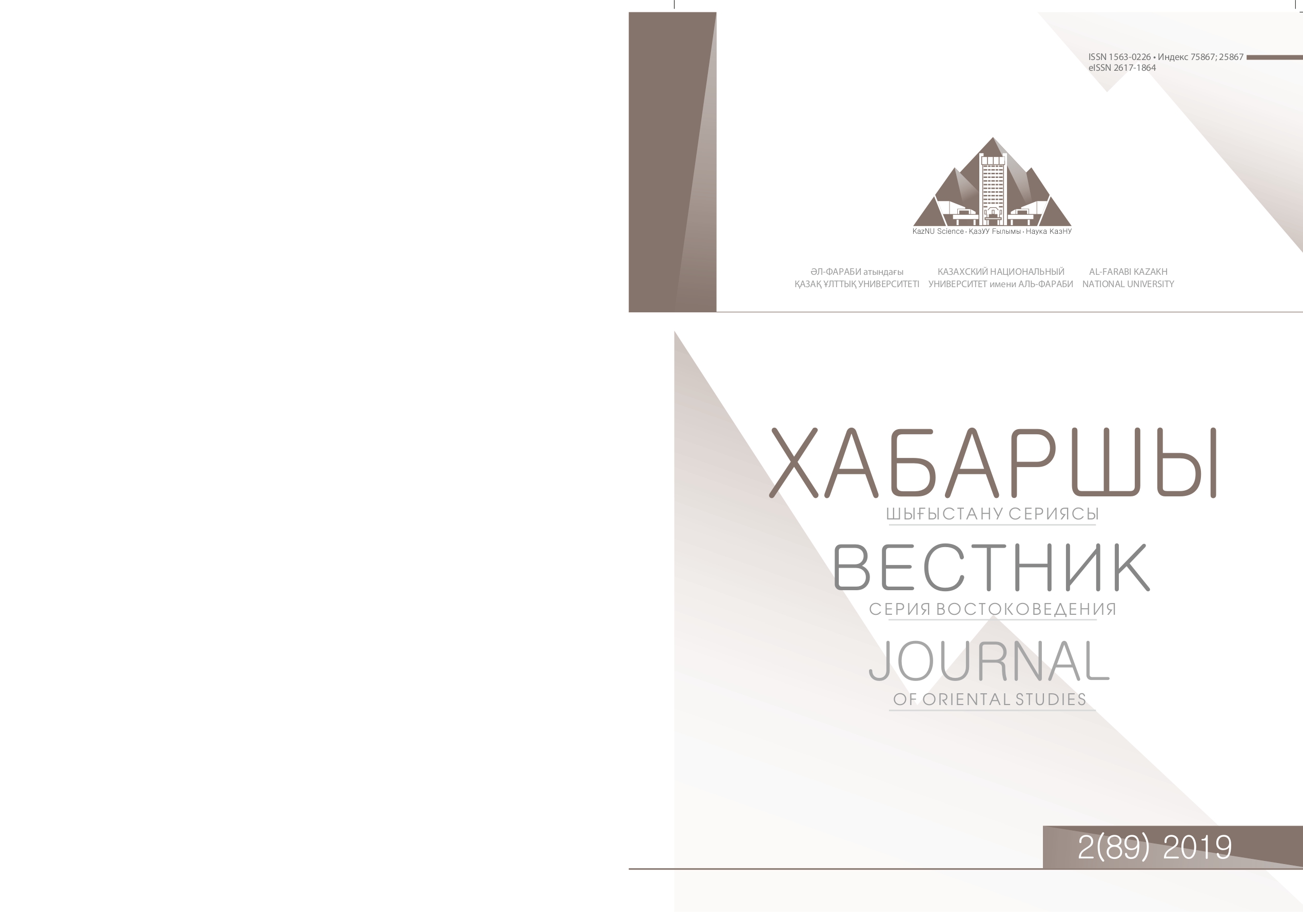Principles of the classification of proverbs and sayings
DOI:
https://doi.org/10.26577/jos.v89i2.1398Abstract
In the idiom of the language, the system of values, public morality, attitude to the world, to people, to other nations is displayed. Proverbs and sayings illustrate the way of life and geographical location, history, traditions of a particular people, united by one culture. Those who dealt with collections of proverbs and sayings, know how difficult it is to find the necessary dictum in them. Folklore studies have not yet developed a unified classification of paremias, in particular, proverbs and sayings. In this connection, both the compilers of the collection and users are experiencing difficulties. Each classification principle: by supporting words, alphabetical, thematic, ideological, by place or by gathering time, by collector, by origin (by nations and languages) has its positive and negative sides. In ancient collections, proverbs and sayings are mainly arranged in alphabetical order. The most common distribution of material on the ideological and thematic groups. With the current practice of publishing, the same proverb in different collections falls into completely different sections. Moreover, in the same collection, similar and simply identical sayings appear in different sections. In turn, compilers and editors of the collections are experiencing the greatest difficulties in placing the proverbial material and its categorization. The whole thing in the absence of a single and somewhat satisfactory classification of the sayings. Therefore, the question of the scientific classification of proverbs and sayings for today is the fundamental question of modern paremiology, without the solution of which this science itself cannot develop. Key words: proverb, saying, idiom, proverb, classification.




